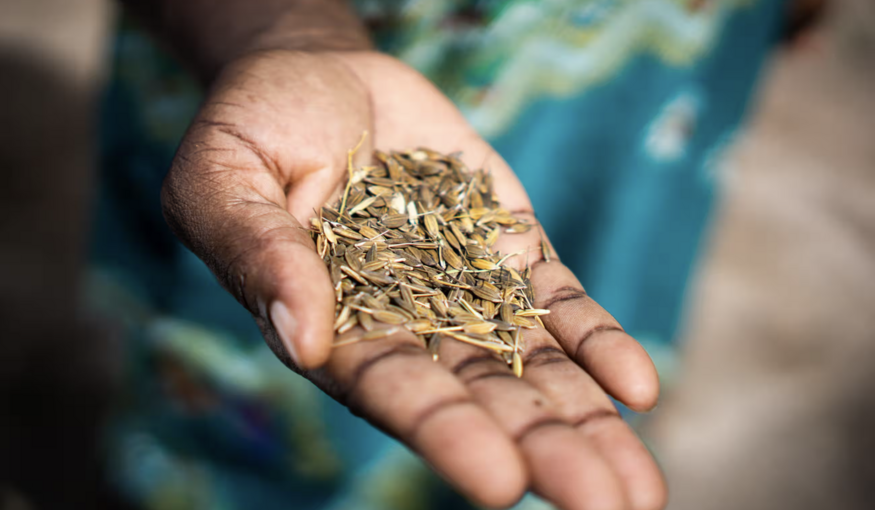How Rice Hidden by a Woman Fleeing Slavery in the 1700s Could Help Her Descendants

Some types of rice are for the Saamaka’s staple foods but some, such as these darker ones, are reserved for traditional ceremonies, funerals and ritual offerings by Maroon communities. Photograph: Bram Ebus/The Guardian
30 January 2024
Descendants of enslaved Africans in Suriname, known as the Saamaka Maroons, cultivated a unique rice variety which they hid in their hair when fleeing plantations in the 17th century. The Anne van Dijk Rice Research Center (SNRI/ADRON) and the Crop Trust's BOLD project are working together to preserve these rare rice seeds at the Svalbard Global Seed Vault. These efforts aim to empower local communities to conserve crop diversity and build resilience against climate threats.
The story by Bram Ebus for The Guardian's The Age of Extinction series underscores the historical importance of rice and ongoing initiatives to protect it in the face of environmental changes.
Dive deeper into the story by reading our Q&A with Jerry Tjoe Awie, Suriname's only rice breeder and the Director of the Anne van Dijk Rice Research Centre (ADRON), Suriname’s national rice research institute.
Category: BOLD
